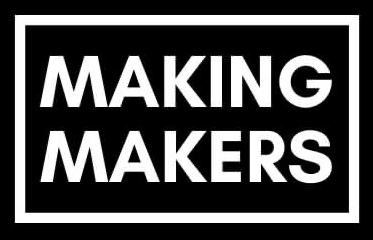Safety Guide
Welcome to the Woodworking Safety Guide
Learn how to ensure safety while working with wood and tools.
Woodworking Safety Basics
Learn the fundamental safety rules and guidelines for woodworking to keep yourself and others safe in the workshop.
Setting Up a Safe Workspace
- Clear the workspace of clutter and obstacles.
- Ensure proper lighting for better visibility.
- Have a fire extinguisher and first aid kit within easy reach.
Personal Protective Equipment (PPE)
Always wear the appropriate PPE while woodworking:
- Safety glasses or goggles to protect your eyes from debris.
- Hearing protection to prevent hearing damage from loud tools.
- Dust mask to avoid inhaling wood dust.
- Closed-toe shoes to protect your feet.
Safe Tool Handling
Follow these guidelines when working with woodworking tools:
- Read and understand the tool’s manual before use.
- Keep your hands away from cutting areas.
- Keep tools clean, sharp, and well-maintained.
Proper Material Handling
Handle wood and other materials with care:
- Inspect wood for nails, staples, or defects before cutting.
- Use a push stick or push block to feed material through saws.
- Secure workpieces properly before starting any operation.
Stay Focused and Avoid Distractions
Woodworking requires concentration. Avoid distractions like phones or TV while working with tools.
Cleanup and Maintenance
Regularly clean your workspace, tools, and floors to prevent accidents.
Common Woodworking Injuries
Understanding potential risks can help you take precautions and work safely in the woodworking shop.
Cuts and Lacerations
Cuts are among the most common woodworking injuries. They can occur while using sharp tools like chisels, knives, or saws.
Eye Injuries
Wood dust, flying debris, and wood chips can cause eye injuries. Always wear safety glasses or goggles to protect your eyes.
Hearing Damage
Power tools generate loud noise that can lead to permanent hearing damage. Use hearing protection to safeguard your ears.
Strains and Sprains
Improper lifting, repetitive motions, or poor posture can lead to muscle strains and joint sprains. Use proper lifting techniques and take breaks.
Respiratory Issues
Inhaling wood dust, fumes, or chemical vapors can cause respiratory problems. Wear a dust mask or respirator to minimize exposure.
Electrical Shocks
Working with power tools and equipment can expose you to the risk of electrical shocks. Ensure tools are properly grounded and avoid wet conditions.
Preventing Injuries
Follow these tips to reduce the risk of injuries:
- Wear appropriate personal protective equipment (PPE).
- Keep your workspace clean and well-lit.
- Read and follow the instructions for tools and machinery.
- Take breaks and stretch to prevent strains.
- Properly dispose of waste materials and chemicals.
Seeking Medical Attention
If you experience an injury, no matter how minor it may seem, seek medical attention promptly. Delaying treatment can lead to complications.
